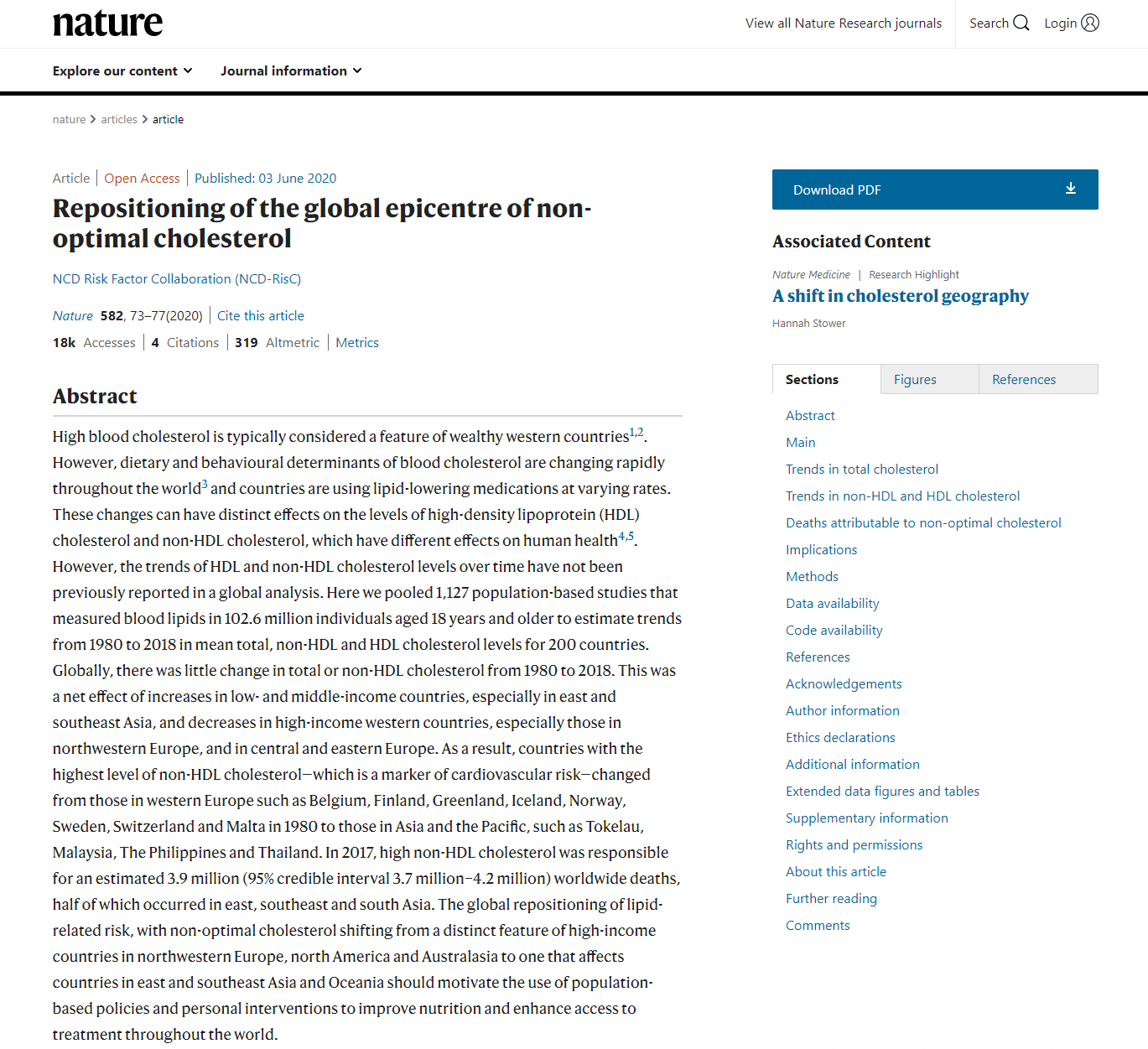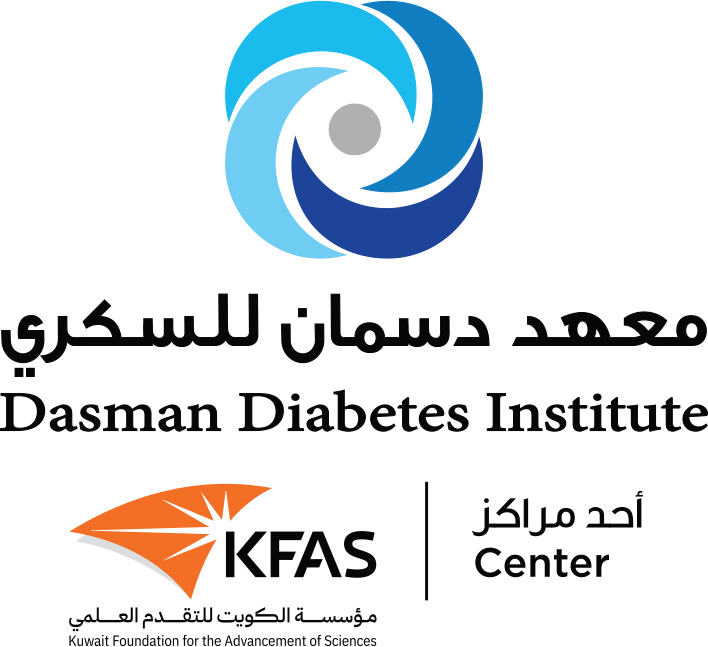
Non-HDL cholesterol high in Asia
Published on 05/07/2020
Imperial College London released the below News on Wednesday, June 3rd 2020. The below press release summarizes a recently published study that highlights DDI’s contributions from Dr Monira Alarouj and Dr Abdullah Alkandari.
Cholesterol levels dropping in Western nations – but rising in Asia
Cholesterol levels are declining sharply in western nations, but rising in low- and middle-income nations – particularly in Asia, suggests the largest ever study of global cholesterol levels. The new study, by hundreds of researchers from across the world was led by Imperial College London and published in the journal Nature.
The research used data from 102.6 million individuals and examined cholesterol levels in 200 countries, across a 39-year time period, from 1980 to 2018. The work, which was funded by the Wellcome Trust and the British Heart Foundation, revealed that high cholesterol is responsible for about 3.9 million worldwide deaths. Half of these deaths happen in East, South and Southeast Asia.
Cholesterol is a waxy substance found in the blood. The body needs cholesterol to build healthy cells, but too much can lead to a build-up in the blood vessels. Cholesterol comes in different types. High-density lipoprotein (HDL) ‘good’ cholesterol, which should be 1mmol/L or above, is thought to have a protective effect against heart attack and stroke, by mopping up excess ‘bad’ cholesterol.
Non-HDL ‘bad’ cholesterol, which should be as low as possible, around 2mmol/L, can block blood supply and lead to heart attacks and strokes. This type of cholesterol is usually raised by diets high in saturated and trans fats, which is found in many processed foods, instead of healthier unsaturated fats. It can be lowered effectively through the use of statins.
The results of the new study revealed total and non-HDL cholesterol levels have fallen sharply in high income nations, particularly those in North-western Europe, North America and Australasia, while rising in low- and middle-income nations, particularly in East and Southeast Asia. China, which had some of the lowest levels of non-HDL cholesterol in 1980, had one of the largest rates of increase in non-HDL over the 39 year study period.
Professor Majid Ezzati, lead author of the research from Imperial’s School of Public Health, said: “For the first time, the highest levels of non-HDL cholesterol are outside of the Western World. This suggests we now need to set into place throughout the world pricing and regulatory policies that shift diets from saturated to non-saturated fats, and to prepare health systems to treat those in needs with effective medicines. This will help save millions of deaths from high non-HDL cholesterol in these regions”
Countries with the highest levels of non-HDL cholesterol, which is a marker of cardiovascular risk, changed from those in Western Europe such as Belgium, Finland, Greenland, Iceland, Norway, Sweden, Switzerland and Malta in 1980 to those in Asia and Pacific, such as Tokelau, Malaysia, the Philippines and Thailand.
Professor Ezzati added that some of the reduction in non-HDL cholesterol levels in western nations are due to increased use of statins in western countries, which are not yet used widely in low- and middle-income countries.
The team point out that some countries had less data compared to others, which could influence how certain we are about cholesterol levels and changes over time.
To read the full article, please click HERE.


